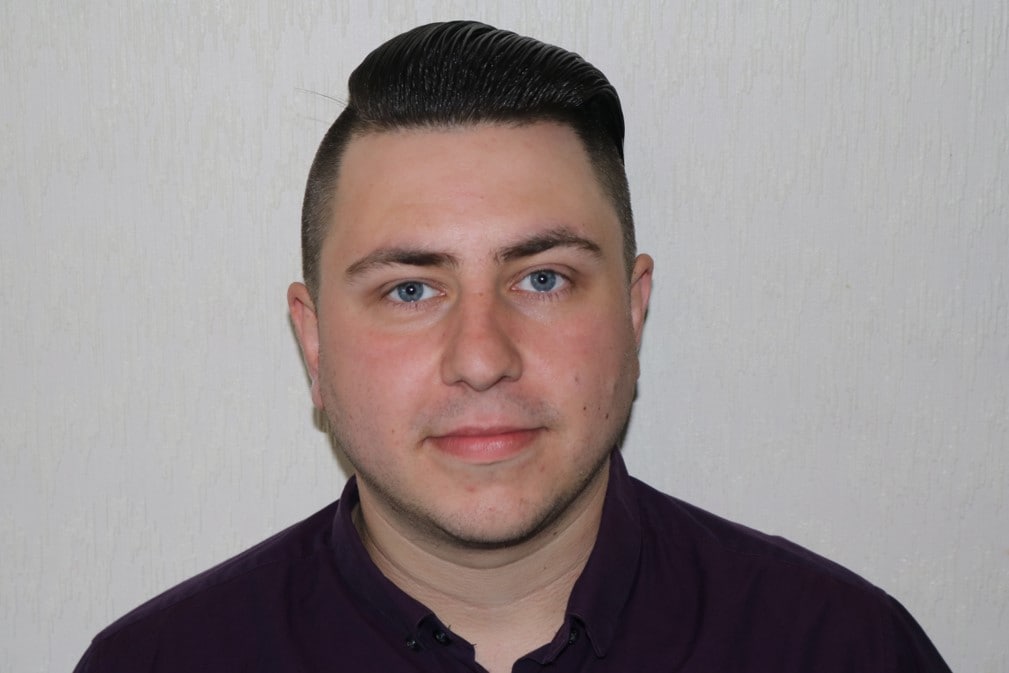
Bench Talk
Bench Talk for Design Engineers | The Official Blog of Mouser Electronics

Liam Critchley is a writer, journalist and communicator who specializes in chemistry and nanotechnology and how fundamental principles at the molecular level can be applied to many different application areas. Liam is perhaps best known for his informative approach and explaining complex scientific topics to both scientists and non-scientists. Liam has over 350 articles published across various scientific areas and industries that crossover with both chemistry and nanotechnology.
Liam is Senior Science Communications Officer at the Nanotechnology Industries Association (NIA) in Europe and has spent the past few years writing for companies, associations and media websites around the globe. Before becoming a writer, Liam completed master’s degrees in chemistry with nanotechnology and chemical engineering.
Aside from writing, Liam is also an advisory board member for the National Graphene Association (NGA) in the U.S., the global organization Nanotechnology World Network (NWN), and a Board of Trustees member for GlamSci–A UK-based science Charity. Liam is also a member of the British Society for Nanomedicine (BSNM) and the International Association of Advanced Materials (IAAM), as well as a peer-reviewer for multiple academic journals.